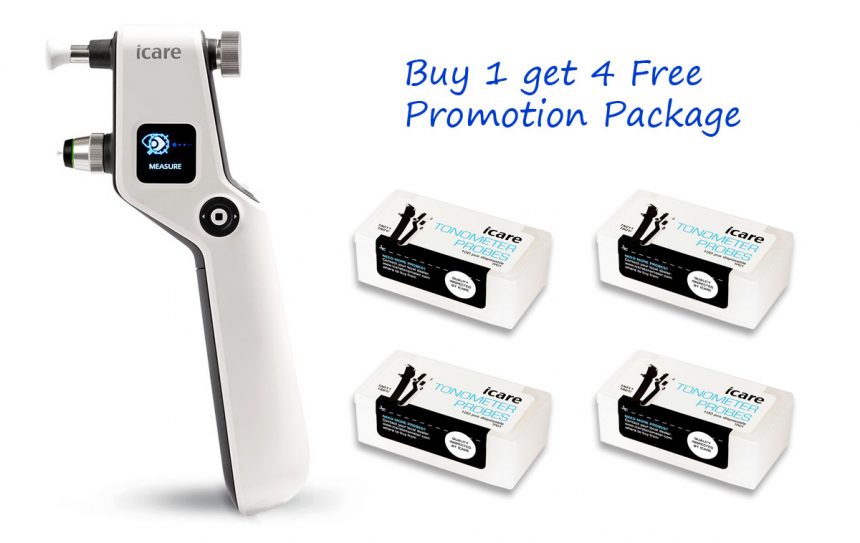


The measurement requires no air or anesthetic drops. Icare tonometers work on a patented rebound principle, in which a light-weight probe moves in a magnetic field and makes momentary contact with the cornea. The device is easy to use and the measurement is barely noticed by the animal and often does not even cause corneal reflex. The Icare tonometers are safe because of the use of a single-use probe. In conclusion, the IOP should be measured in all patients presented for ophthalmic examination. The TONOVET is based on a rebound measuring principle, in which a light probe is used to make momentary, gentle contact with the cornea. This device is easy to use and does not require topical anesthesia nor calibration. The iCare rebound tonometers use individually packed, hygienic, single-use probes that protect against microbiological cross-contamination and infectious transmissions between patients. in which a very light probe is used to make momentary and gentle contact with the cornea. TONOVET, the basic and reliable equipment, is the rebound tonometry with a magnetized probe that bounces off the cornea when the cornea touched the probe. Quick and painless Icare tonometer makes IOP measuring easy. Tonometry is the measurement of IOP and there are 3 basic methods of tonometry that can be used to measure IOP in animals: indentation tonometry, applanation tonometry and rebound tonometry. One of the procedures that principally useful in diagnosis of glaucoma is tonometry. Certain breeds of dog are commonly affected by glaucoma, but any dog – mixed or purebred – can be affected. Increased IOP, glaucoma, is a common eye disease in dogs, cats and horses and usually causes irreversible blindness and painful. Too high or too low pressure can cause by a variety of serious ocular diseases. The IOP (intraocular pressure) should not only be measured in the cases of red eyes, but also in the cases of corneal edema, orbital diseases and a history of glaucoma or lens luxation in the opposite eye.


 0 kommentar(er)
0 kommentar(er)
